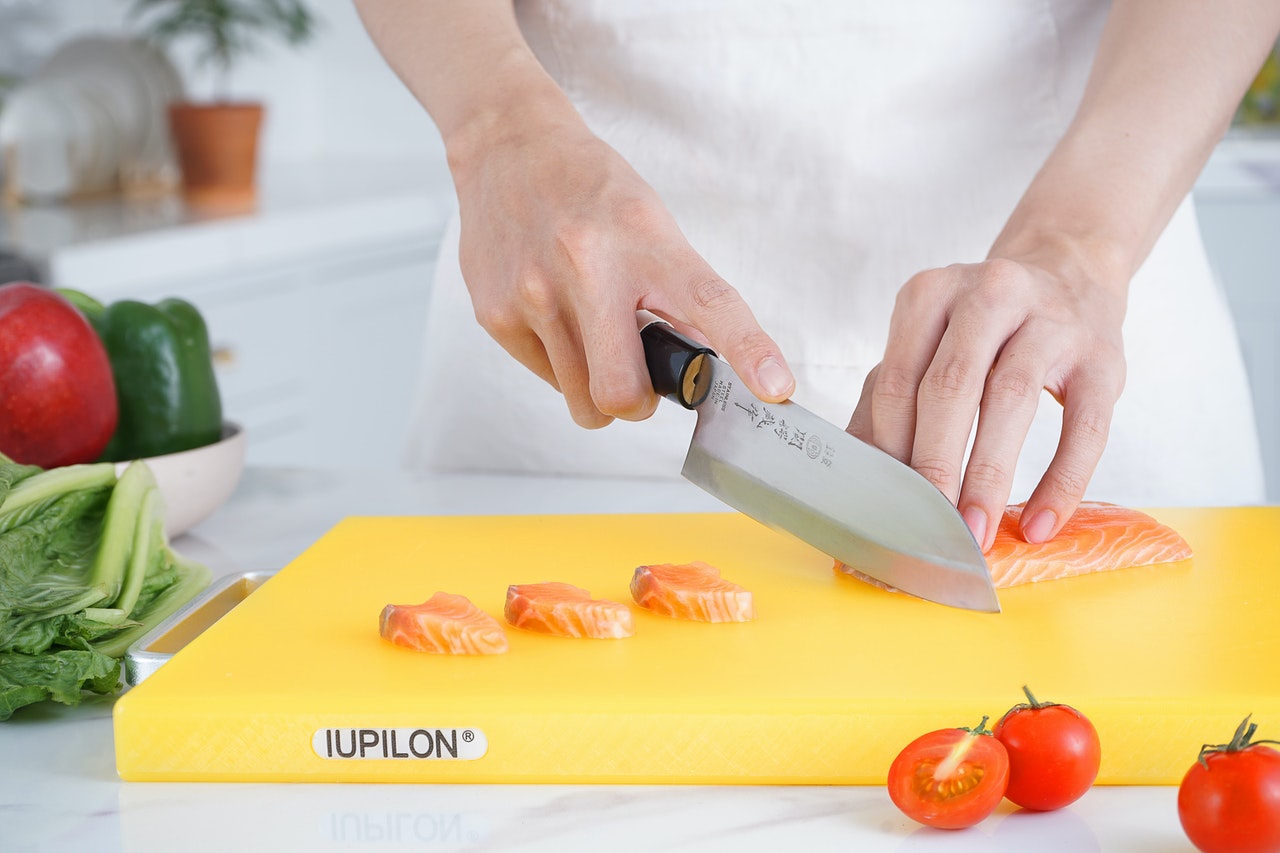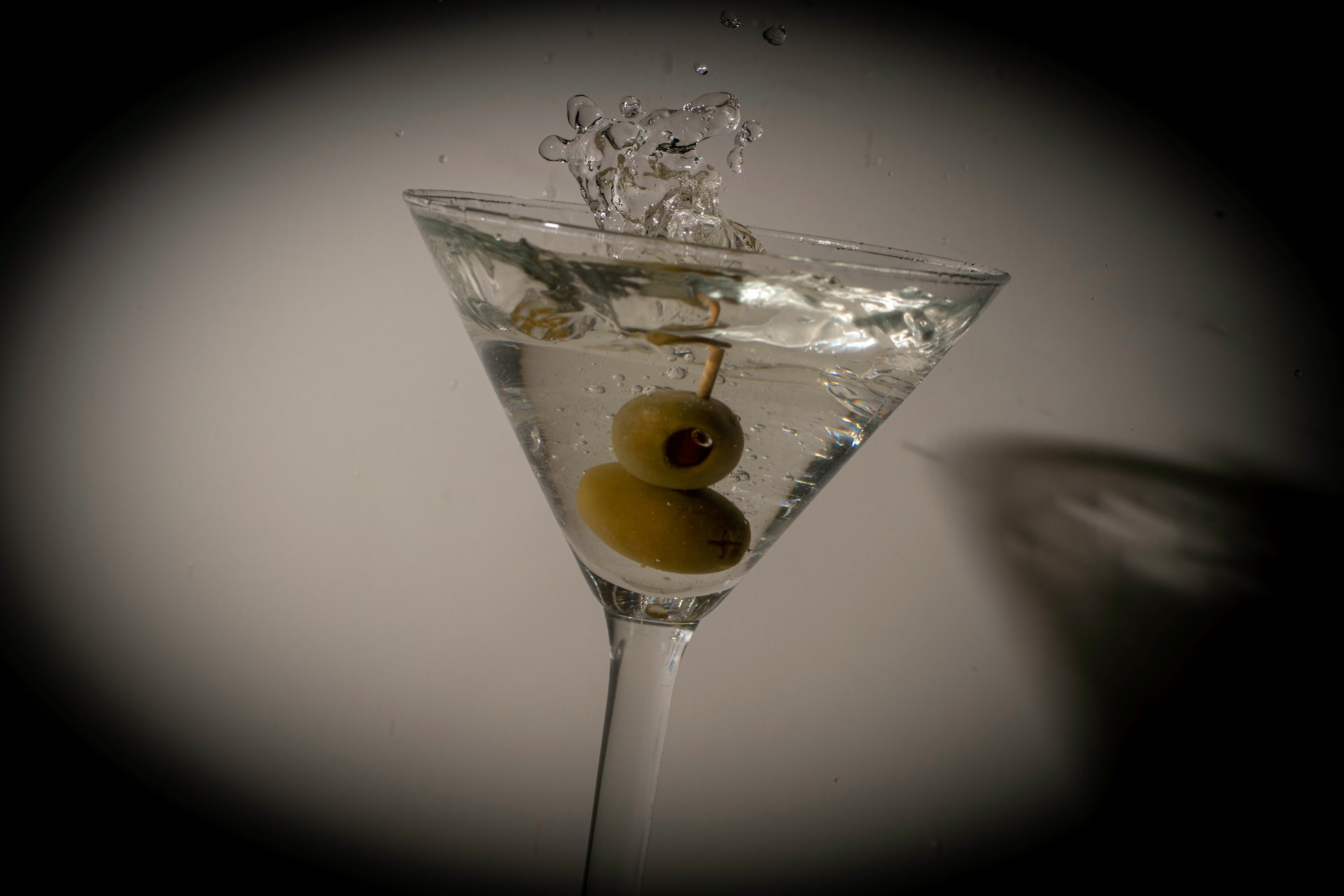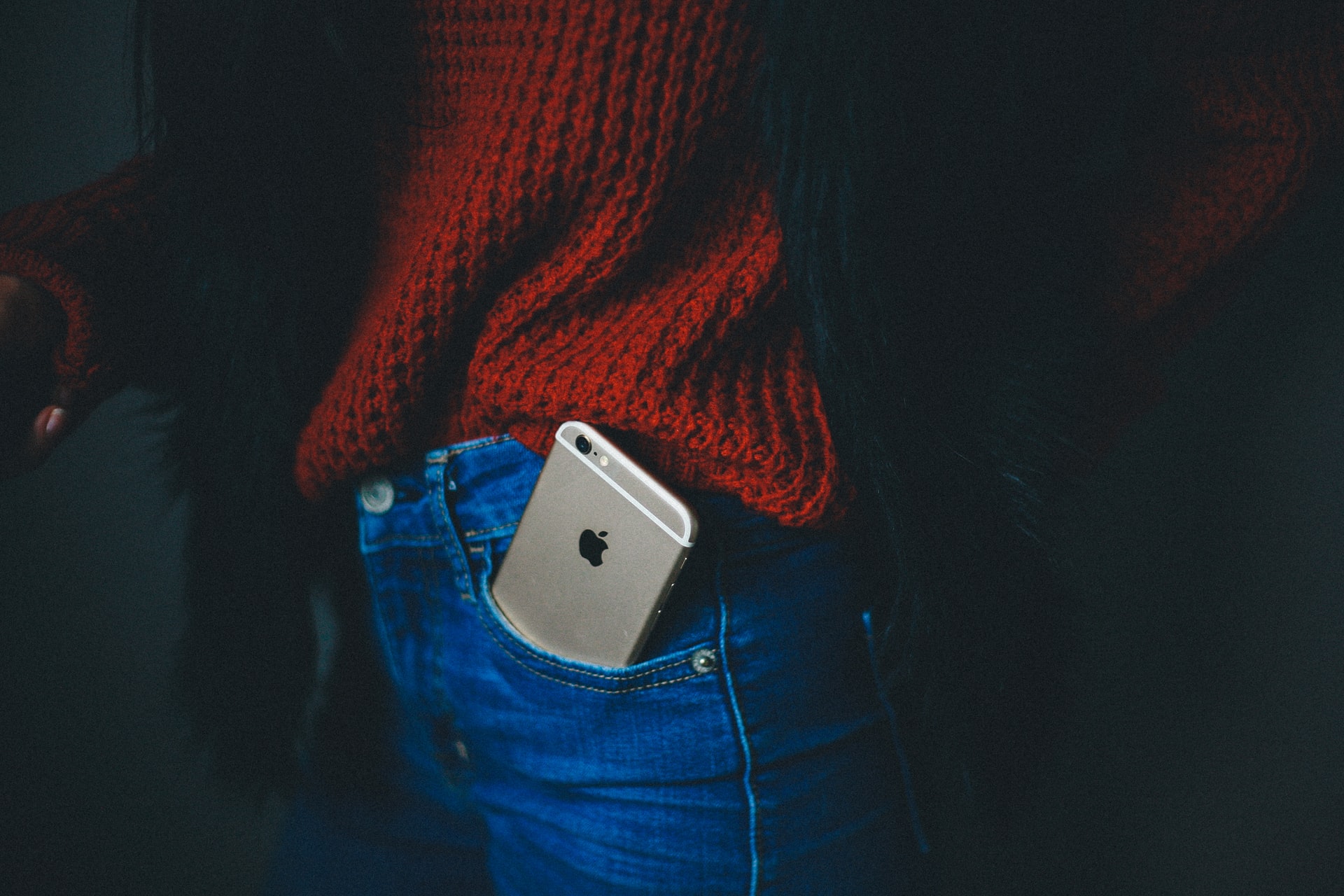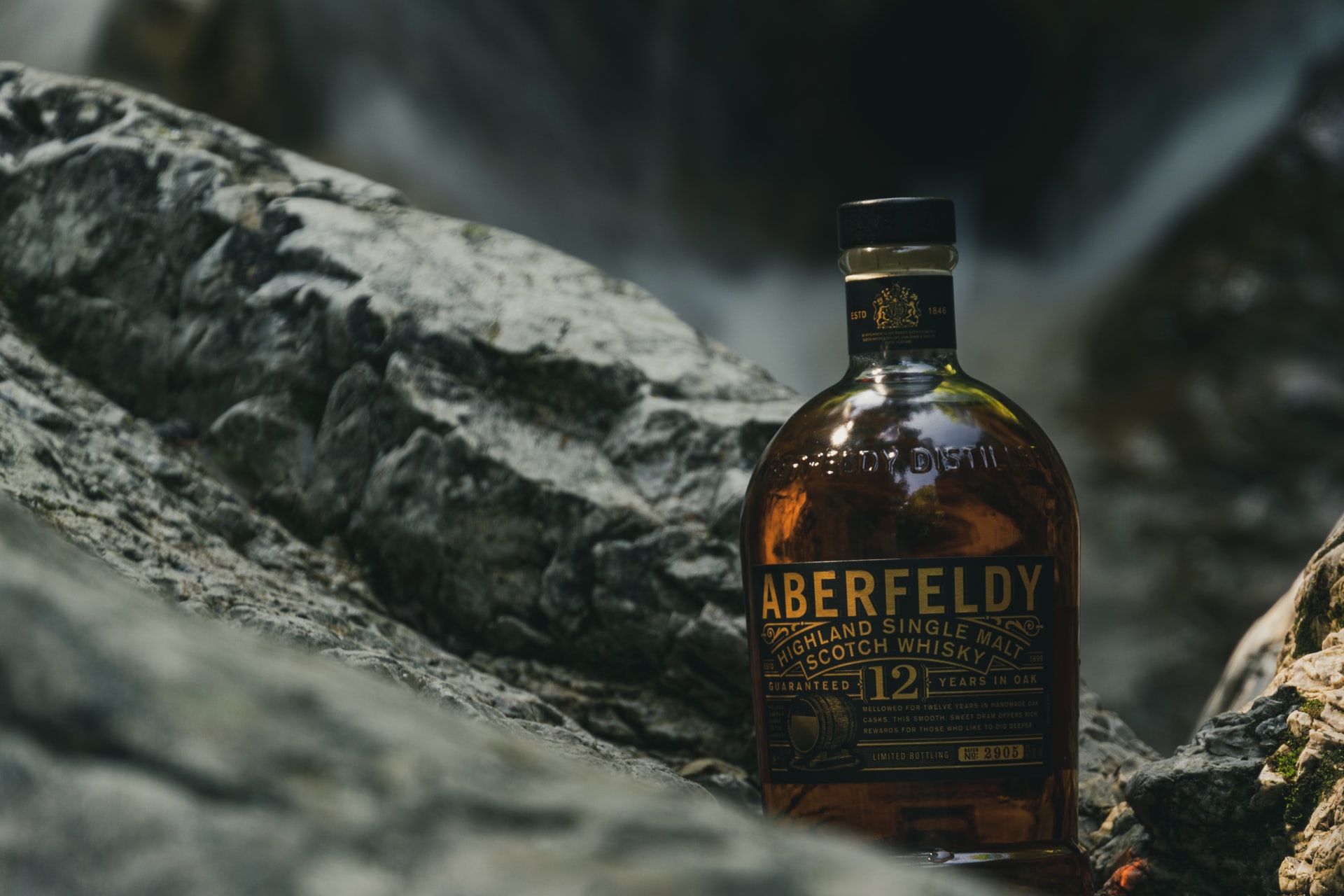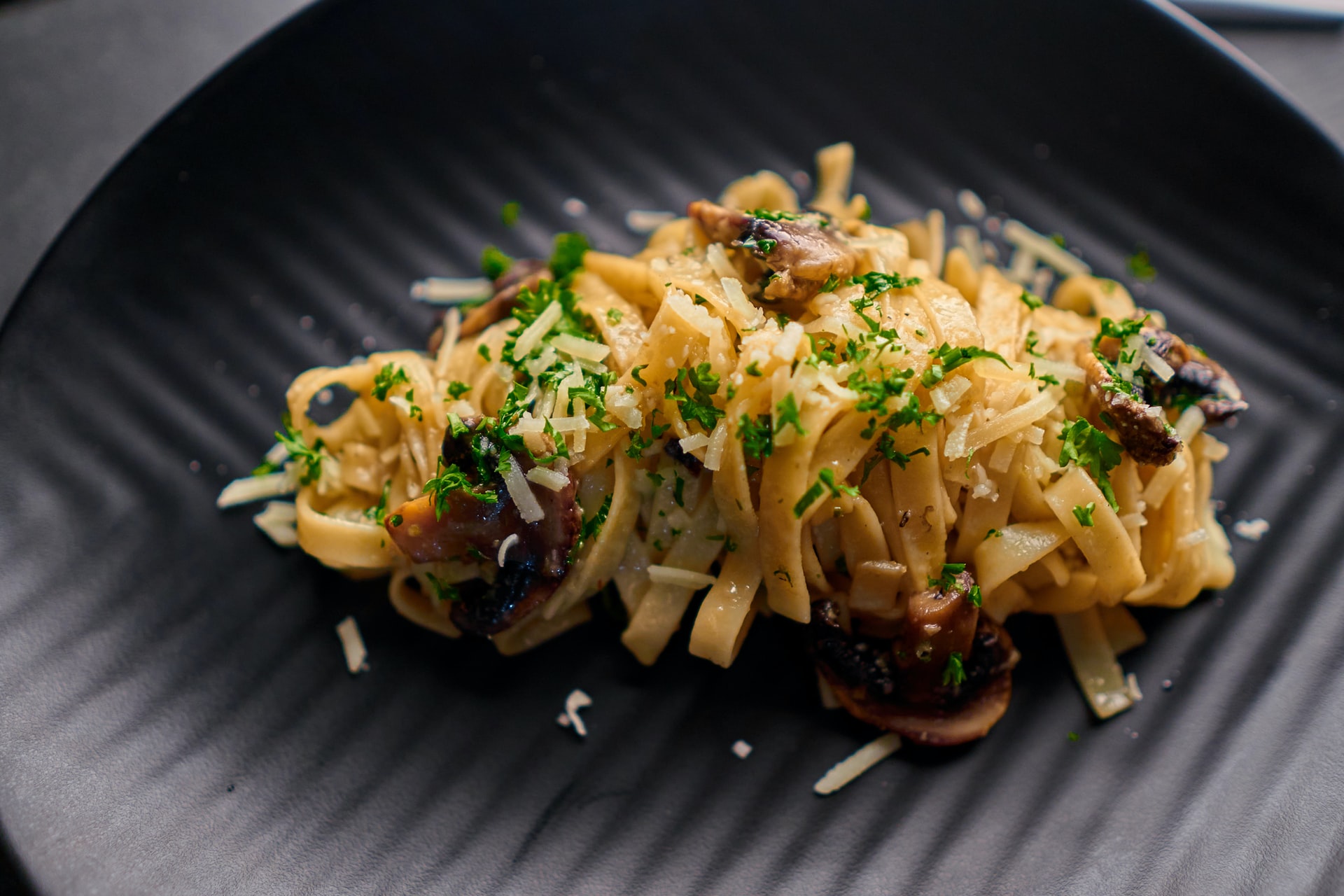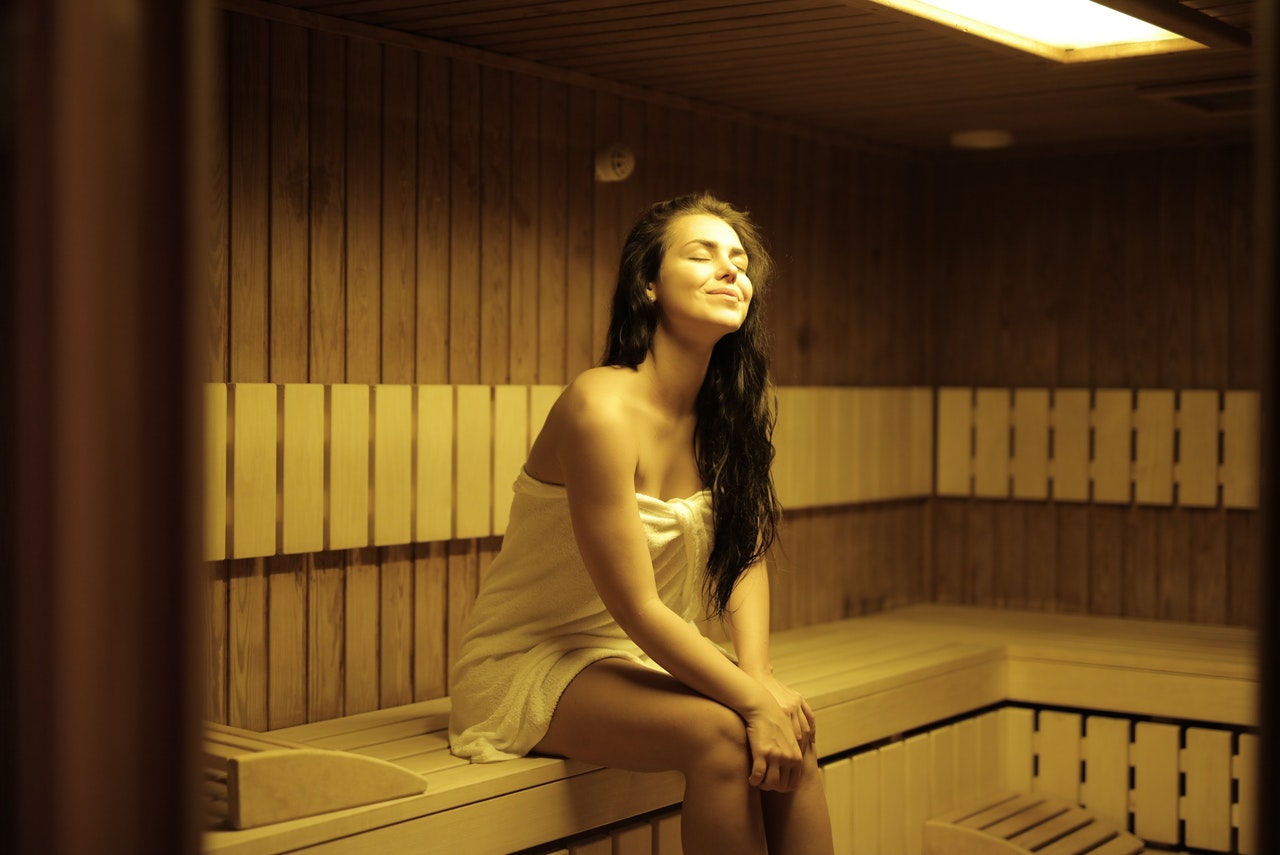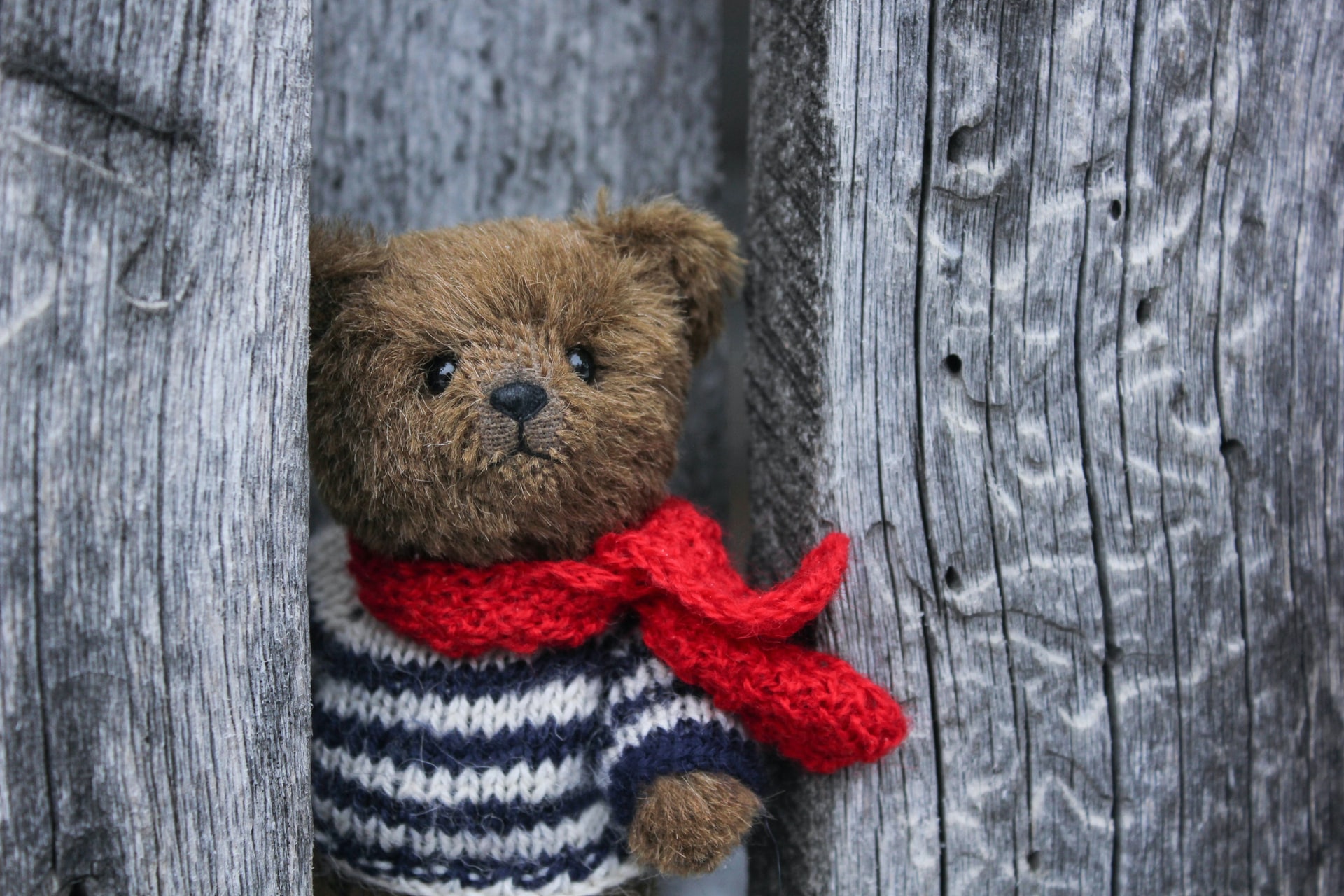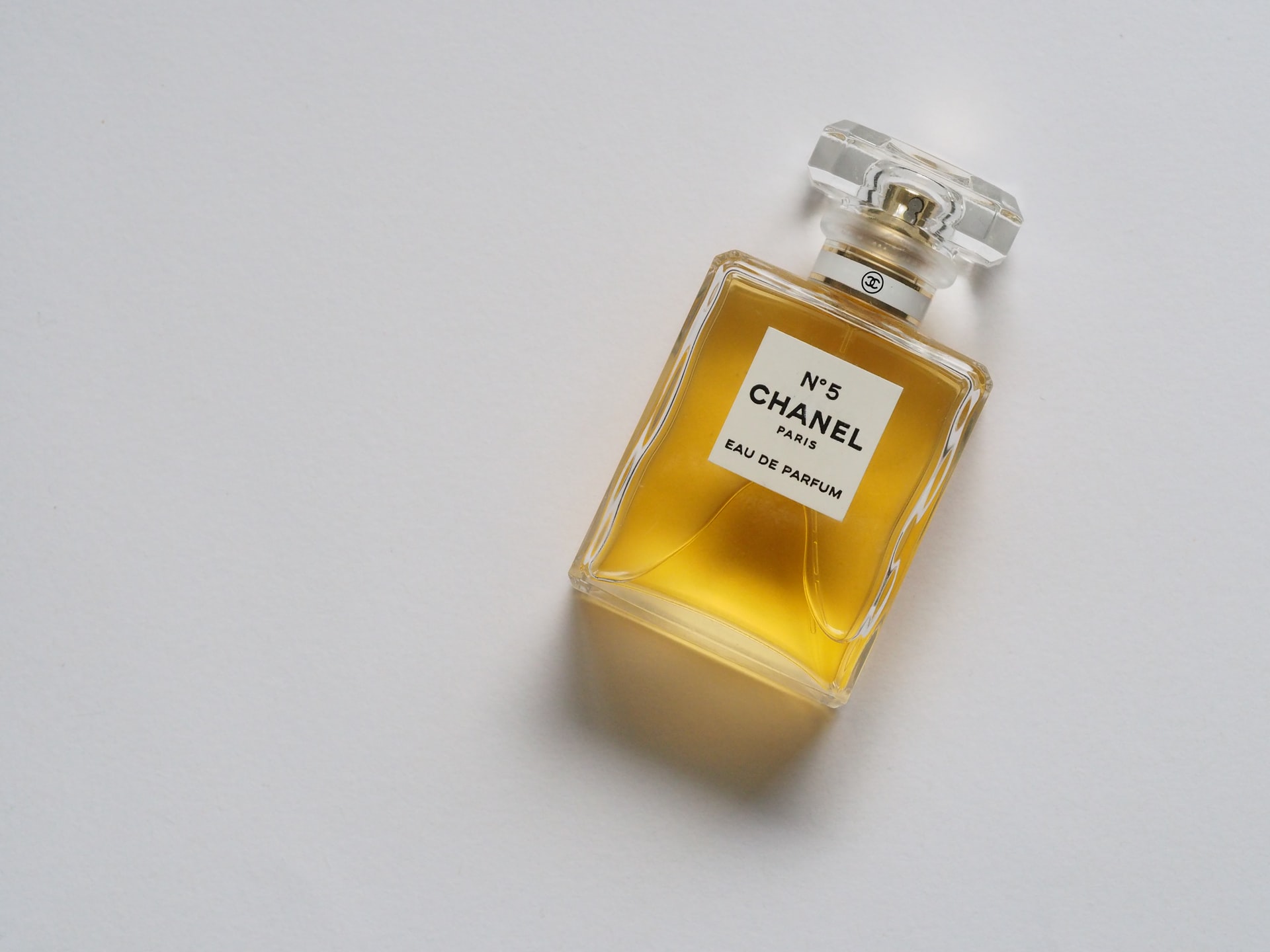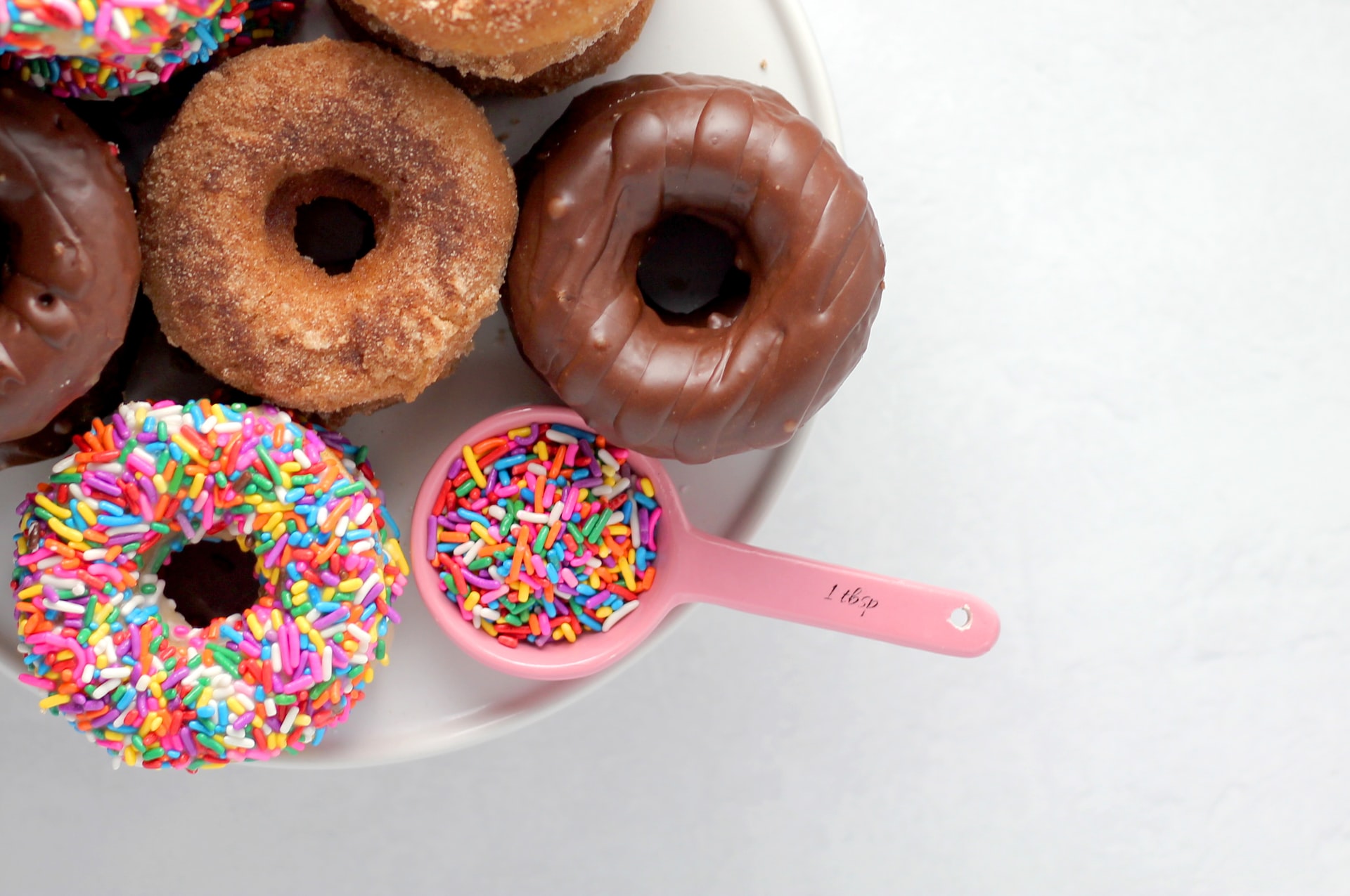Reading Time: 2 minutes
- The toque (Arabic for a brimless hat) as a chef’s hat dates back to the 16th century.
- It is believed to have started for hygiene purposes — legendWhile the authenticity of this legend is not verified, ‘hygiene’ seems a reasonable explanation for the start of the hat-wearing practice. has it that when a king found a hair in his soup, he beheaded the chef and asked the next chef to always wear a hat to prevent such issues.
- During those times, it was common for people to grow hair (and not cut them) — so the older the chef the longer their hair and, therefore, the taller their hats.
- This explains why traditionally the height of the toque indicated the chef’s status in the kitchen (the senior the person, the taller the hat).
- By the 18th century, the color of the hat — instead of its height — came to signify the rank of the wearer.
- The number of pleats on the cap was another way to demonstrate the expertise — the master chefs used to have 100 pleats because they could cook an egg in at least 100 ways.
- Then a chef by the name of Boucher (personal cook to the first French Prime Minister) insisted that all toques should be white to indicate cleanliness — so, from toque, it became Toque Blanche (Blanche = white in French).
- In 1822, the celebrated chef Marie-Antoine Carême published a book, in which he also highlighted the importance of the chef’s appearance & presentation.
- His book had a sketch of two chefs standing side by side — one chef’s hat sagged while the other’s stood somewhat upright because of a cardboard insert.
- This resulted in the comeback of tall hats, which eventually became what we see today.
- Marie-Antoine is also credited with standardizing the chef’s uniform that includes a white double-breasted jacket made up of thick cotton cloth.
- The double-breasted jacket is a symbol as well as a tool: it is often reversible (to hide stains) and it protects the wearer’s front area from burns by providing an extra layer of insulation.
- Also, there are two rows of buttons, so the chef can cook with the jacket buttoned on the first row, then, re-button later to the second row to hide stains from cooking.
- These jackets usually have knotted cotton buttons because plastic or metal buttons can chip or fall off, which could be dangerous.
- Also, knotted cloth buttons are much easier to undo in case the chef needs to remove his/her jacket (hot oil spill or fire).
Image courtesy of ceteduvn through Unsplash


